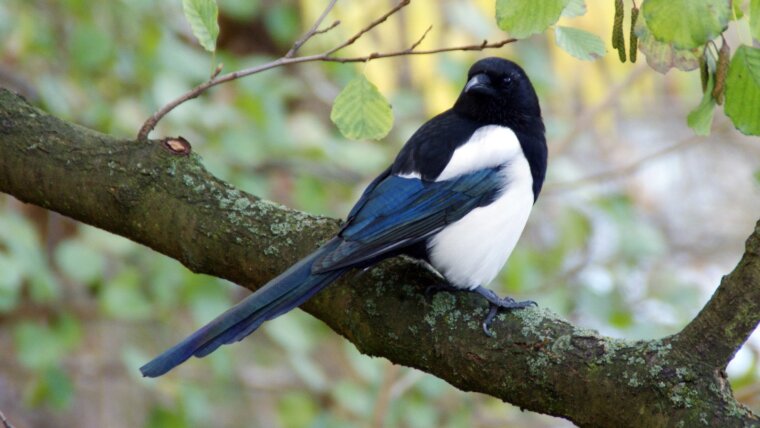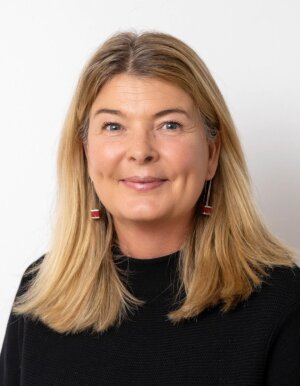
Nowadays, many people associate Romanticism with rose-tinted glasses, sentimental nonsense and red rose petals. However, some of the romantic elements used by Novalis and his contemporaries can also be found beyond such clichés in the modern cityscape. One form of modern romanticization is »urban birding«, a type of birdwatching that originated in the English-speaking world. Prof. Dr Caroline Rosenthal, a specialist in North American literature and culture, explains how contemporary »urban birding« is related to Romanticism.
By Vivien Busse
American studies professor Dr Caroline Rosenthal is not a »birder« herself. However, as part of the seminar on »Literary Ornithology«, she discussed with students their experiences with »urban birding«.
Image: Jens Meyer (University of Jena)
We take the same routes every day, such as when we go to work or the supermarket. It may seem like a pipe dream for us to encounter romance on our daily routes—right in the middle of a concrete jungle. Isn’t Romanticism about daydreaming and glorifying the vastness of nature? For Novalis, however, the essence of Romanticism is »finding the extraordinary in the ordinary«.
This is the view taken by »urban birders«. While city and country were seen as polar opposites in Novalis’ day, the lines are now blurred. Nature has found its way into the city. And in this sense, »urban birding« is about perceiving nature in the city, explains Caroline Rosenthal.
However, we have to consider the much bigger picture to better understand this relationship to Romanticism. »People always tend to appreciate what is being lost and disappearing«, she says. The bird population is in decline: As birds are being increasingly driven out of their natural habitats due to agricultural practices and the use of pesticides, they are adapting to the urban environment and finding more opportunities to live there.
»Urban birding« – nature is bursting onto the urban scene
And this is where »urban birding« comes in. Nature is suddenly emerging in urban environments and the contours between the city, countryside, people and nature are disappearing. Arguably the best-known example, according to Rosenthal, are the pairs of falcons that are breeding in the middle of New York. As a result, even stockbrokers are becoming avid birders and watching the falcons in their lunch breaks.
This is a Romantic phenomenon—people are now discovering the extraordinary in their ordinary environment. It should also be pointed out that Romanticists viewed birds as a symbol of wildness, a concept synonymous with their inherent freedom, as they do not surrender to the will of people in a man-made urban environment, explains Rosenthal.
»Urban birding« is also on the rise in Germany. It is not about being able to differentiate between different species or lurking with a pair of binoculars. It is about reinterpreting our own living space as a habitat for a wide range of organisms.
The re-enchantment of nature
»Our urban space is being romanticized because the intrinsic value of natural habitats is suddenly being brought into the city«, says Rosenthal. This is a form of »re-enchantment«, as nature is perceived differently in urban environments. »And everyone can consciously perceive this re-enchantment«, she states. On the way to university or work, we can suddenly see the flowers by the side of the road or the colourful display of the autumn leaves with a new set of eyes.
